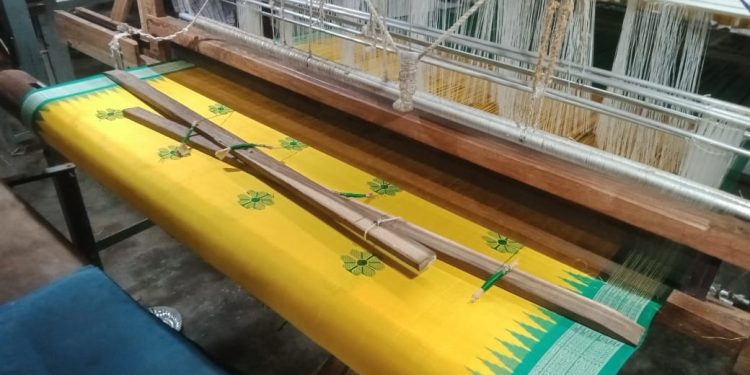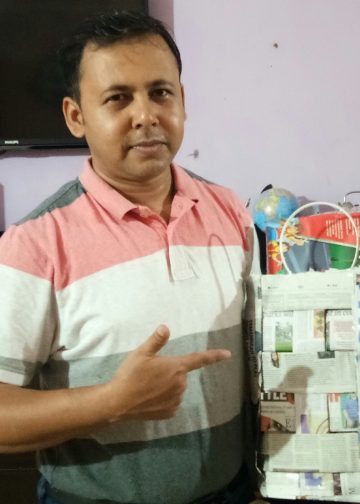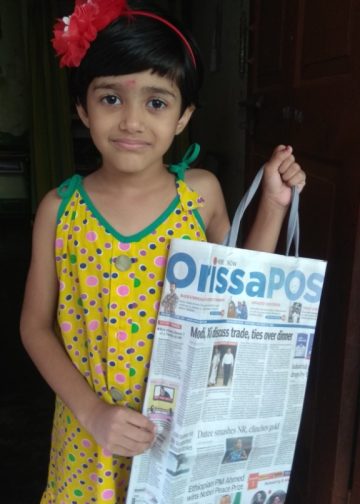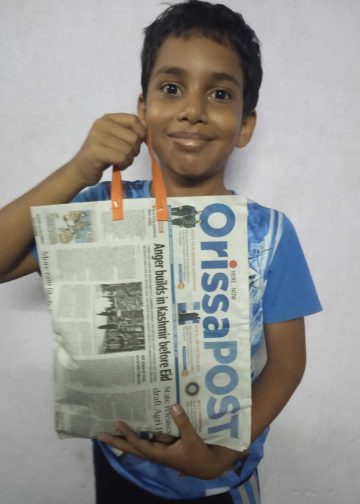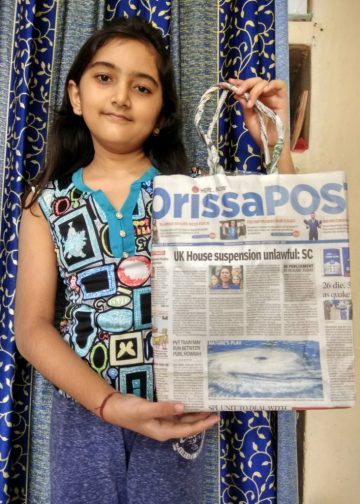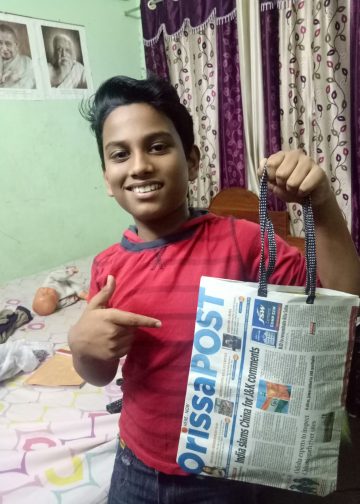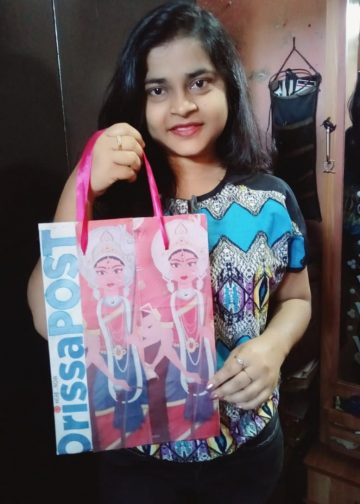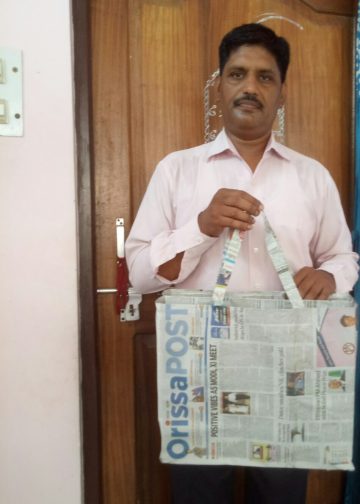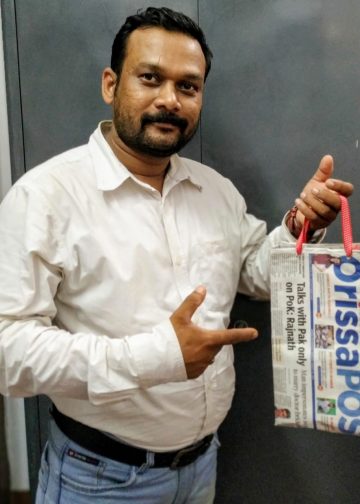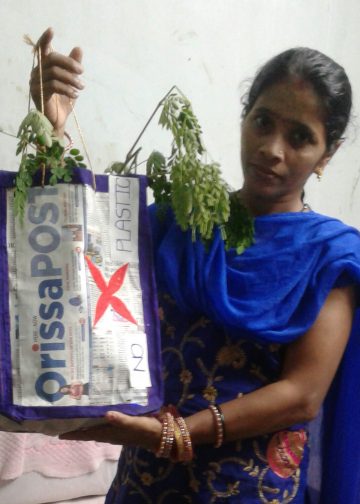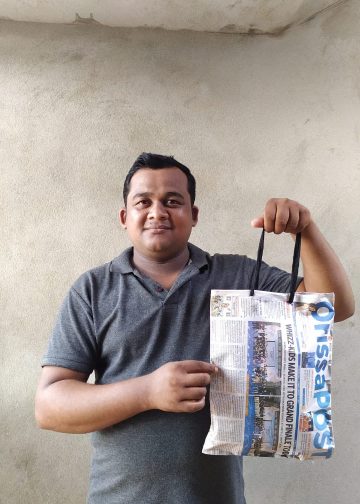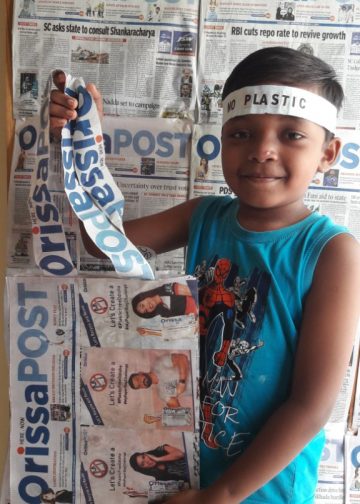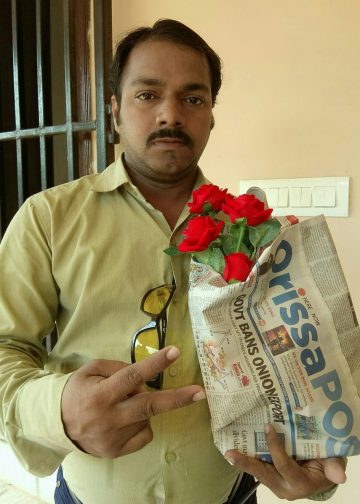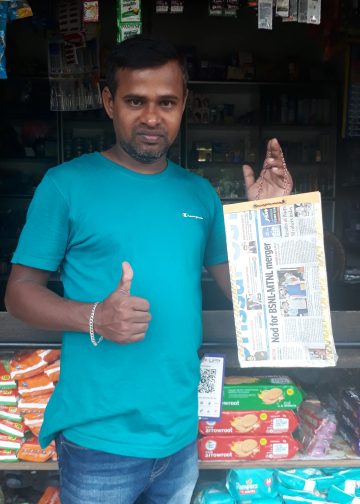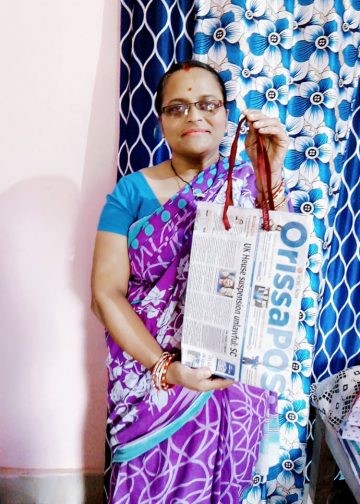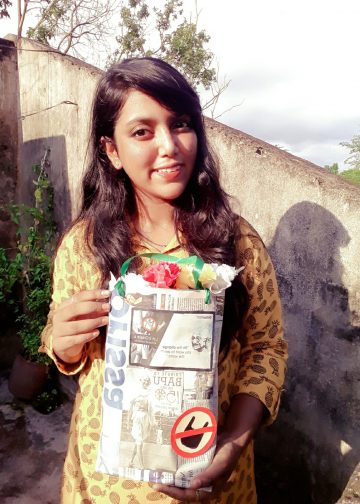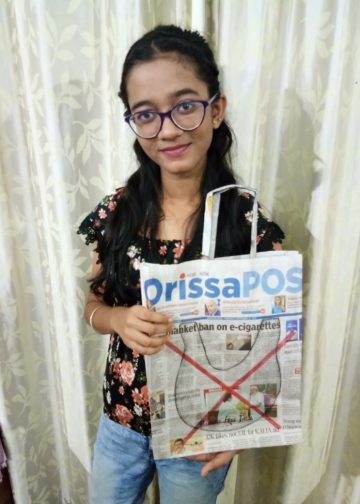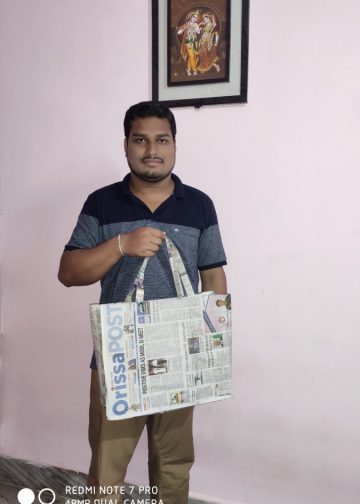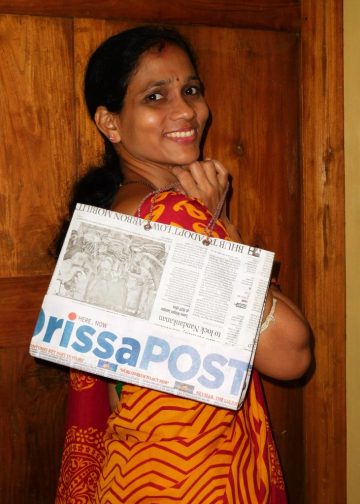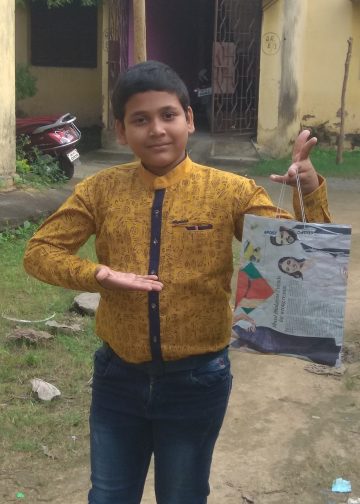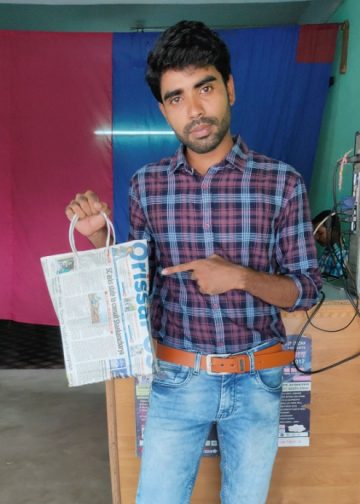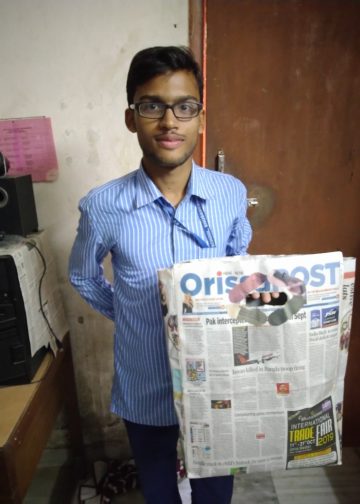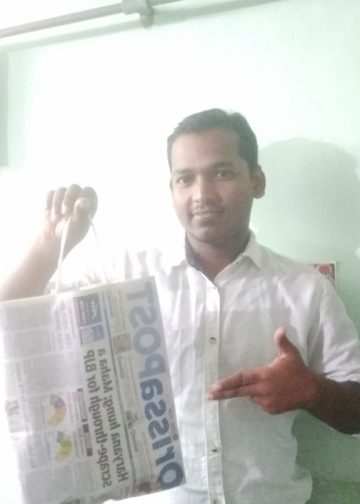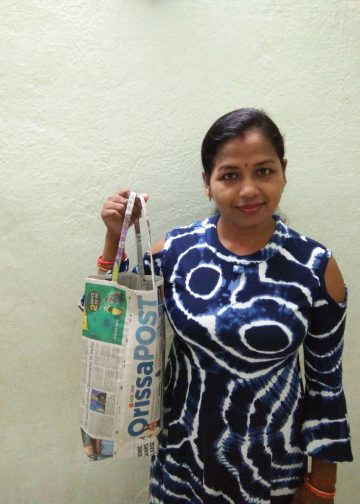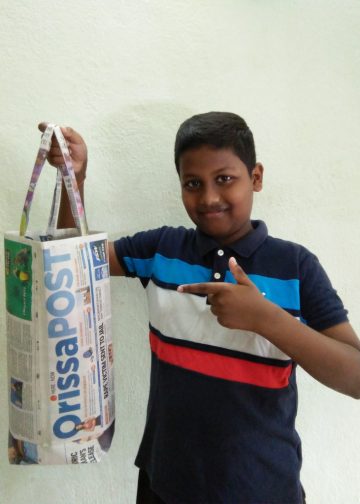Bhawanipatna: Weavers of Habaspuri Pata in Kalahandi district are struggling to save their traditional occupation as the saree renowned for intricate designs and unique weaving skills is on the verge of extinction. This has happened due to a lack of government sponsorship, shortage of raw materials and absence of marketing facilities. The saree woven by the artisans in the district is a favourite among women and has created a niche for itself across India and abroad. However, the artisans engaged in weaving these sarees are doing their bit to keep their mills running despite a host of hurdles. Handloom sarees are woven at various places in western Odisha. Barpali, Sonepuri, Bandha, Boudha and Sambalpuri sarees have made a name for themselves owing to their intricate designs and patterns but the Habaspuri saree in Kalahandi district is distinct.
The saree also attracted the attention of India’s first prime minister Jawaharlal Nehru in 1951 when it was put on display at an exhibition held at the Exhibition Ground in New Delhi. The then Kalahandi royal, Pratap Keshari Deo, explained the uniqueness of Habaspuri saree to Nehru and drew his appreciation for the fabric. Habaspuri saree has also made its mark both in India and abroad showcasing traditional patterns such as ‘kumbha’ or pitcher, temple, fish, flowers and various other artworks and designs unique to the Kondh tribals.
The weaving of double flowers is an integral part of Habaspuri saree. The wall paintings of tribals, patterns resembling tattoos on their body, and the designs of fish, deer and elephants increase the beauty of the saree manifold. While bandha designs can be seen only on the borders of Sambalpuri sarees, they are woven in both the body and the borders of Habaspuri saree, which has also received the prestigious geographical indication (GI) tag. The famous Tata Tea brand has printed a picture of Habaspuri saree on its packets. However, the state government and the district administration have shown little interest in promoting the saree in national and international markets. This has pushed it to the verge of extinction with dwindling production and its weavers losing their livelihood.
Sources said Kondh tribals first started weaving the Habaspuri saree in the 19th century, which drew appreciation from all for its beautiful patterns and alluring fabric. Later, the members of Bhulia (weaver) community of Habaspur, Chicheiguda, Baldiamal, Chakuli villages in Kalahandi district accepted it as their traditional occupation by reviving the production of Habaspuri saree. With the passage of time, the handloom saree witnessed a decline in demand after various fancy products made their way into the markets.
Many of the weavers also let go of their traditional art and took up other occupations for a better income. Recently, Sujit Kumar Meher, an international fashion designer of Chicheiguda, made an attempt to promote the saree in national and international levels through his business house ‘Tilottama’. The Kalahandi-based Maa Manikeswari University’s Vice Chancellor Sanjay Satpathy has also directed his students to wear Habaspuri uniforms. However, the cloth is reportedly being brought from outside and being sold to students for uniforms branding them as Habaspuri.

